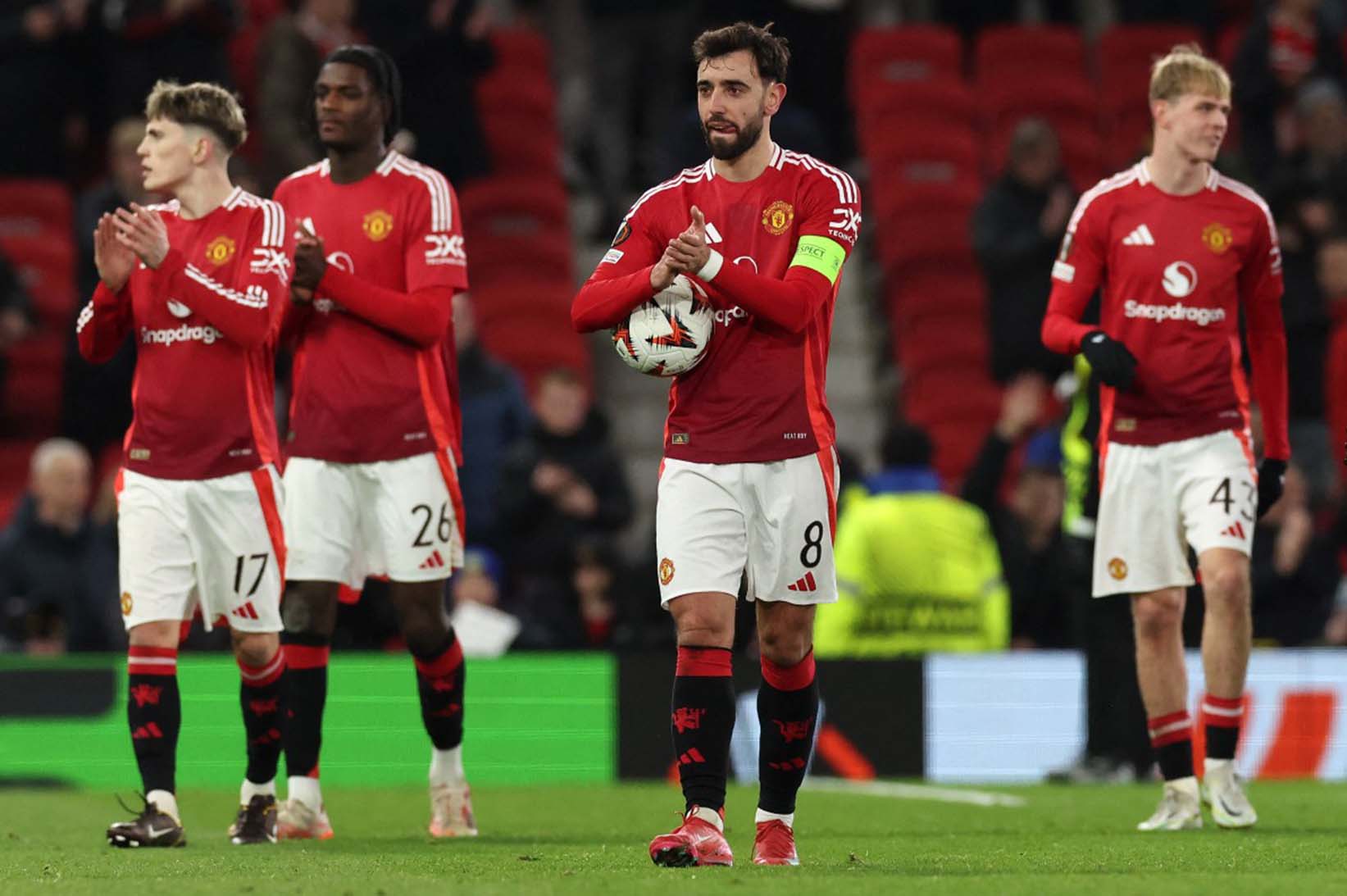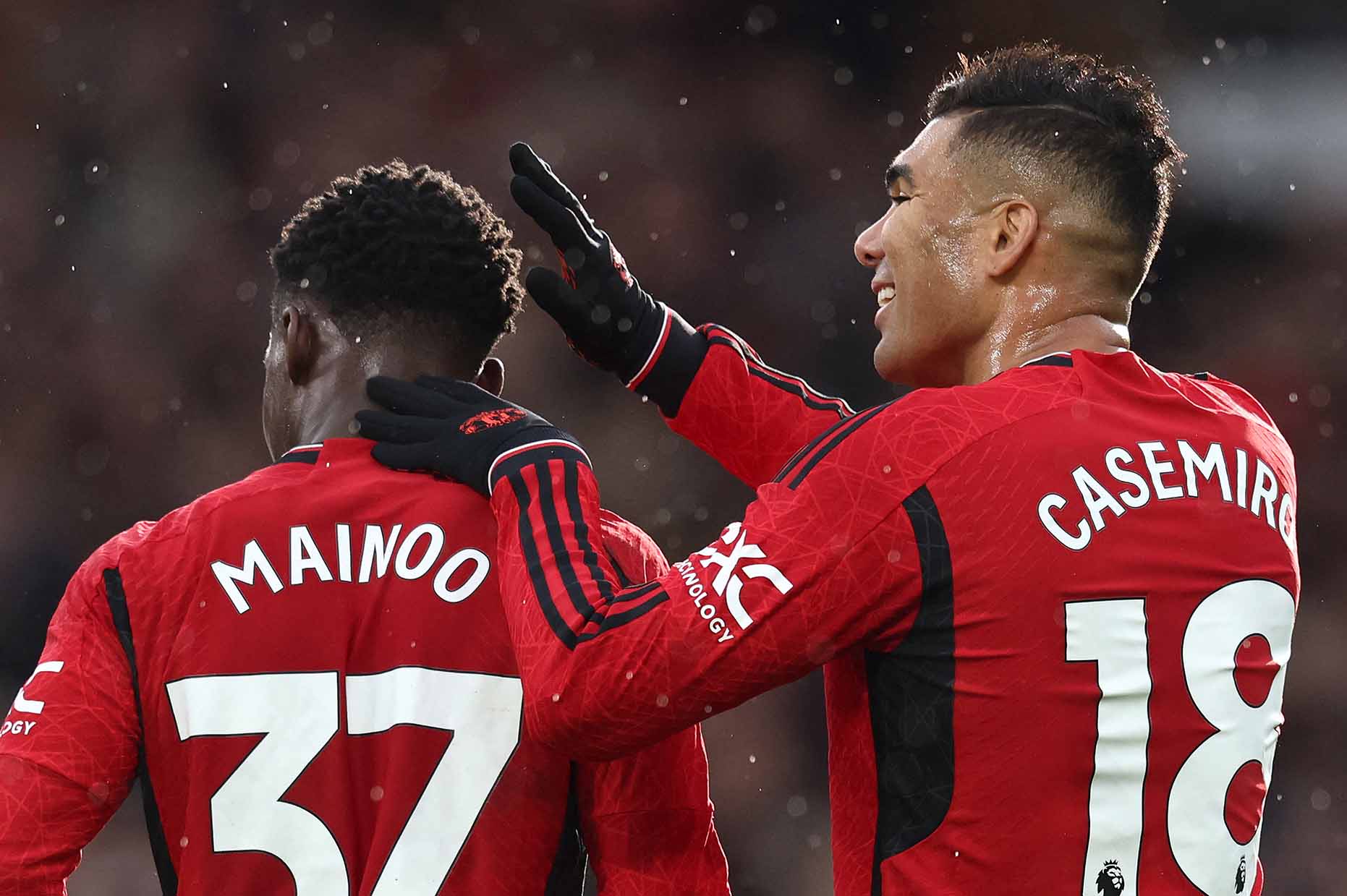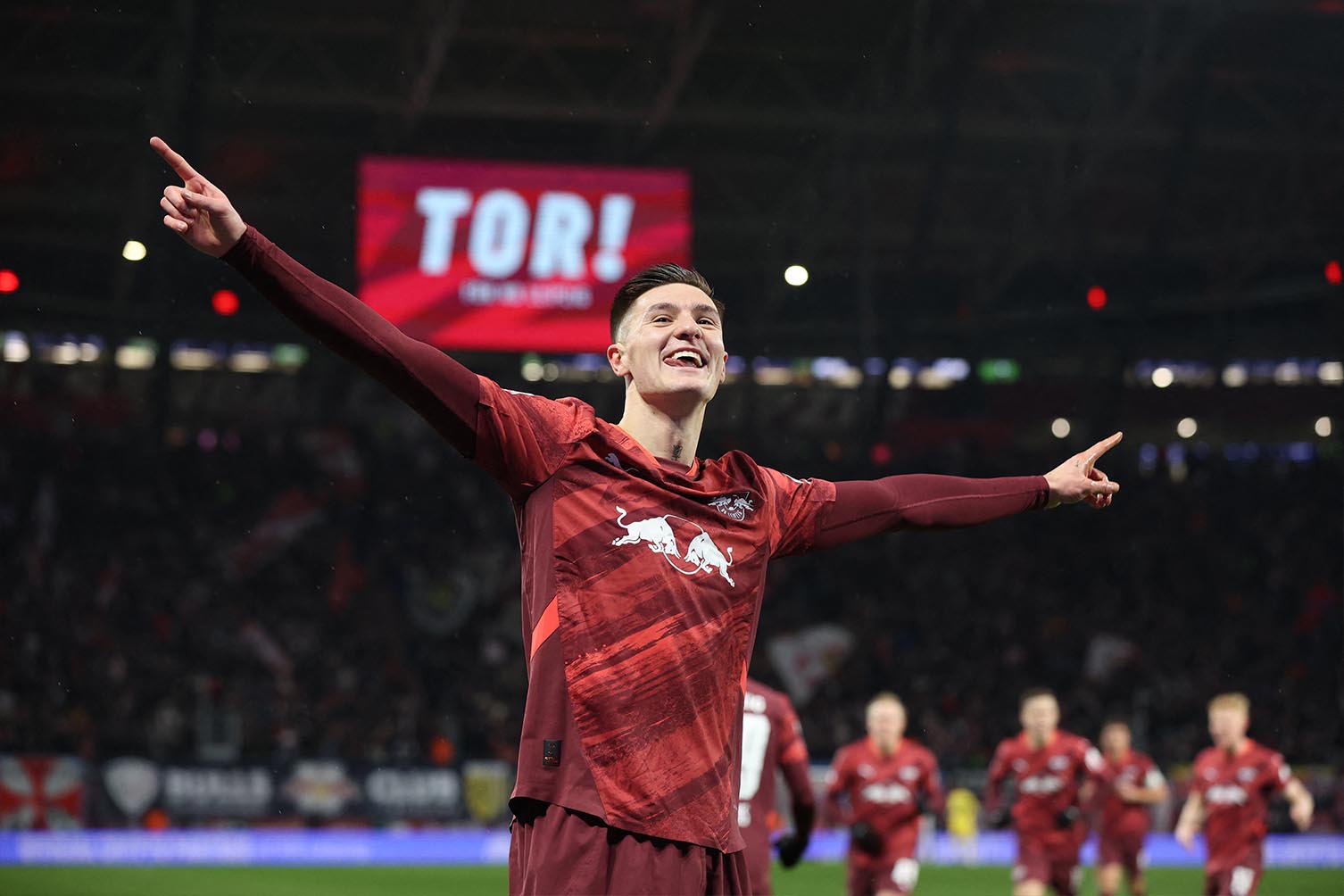Appointed after 11 rounds of the Premier League last season, Ruben Amorim could not stop the decline of the post- Alex Ferguson team, when they fell to 15th place - the lowest in the history of the tournament, while the players struggled with a completely new approach.
Applying a new tactical system in the middle of the season was already full of challenges. Now, with the full pre-season and the addition of Matheus Cunha, Bryan Mbeumo and Benjamin Sesko in attack, will things change?
Ruben Amorim is absolutely loyal to the 3-4-2-1 formation. This structure is built on the foundation of three central defenders as the foundation, two wings extended and stretched deep, two number 10s supporting a striker, and two central midfielders holding the structure.
No one in the Premier League last season was drawn to a single formation as much as Amorim, who made just seven changes to the squad in games.
"I always keep my ideas, want to play in a certain way until the end" - Ruben Amorim said after the 0-2 defeat to Newcastle in December 2024.

In contrast to generations of coaches who prefer chaotic football, Amorim wants to control the game with stability in ball control. Statistics show that Man United rotates the ball effectively in the middle, with a direct deployment speed only slower than Man City. This style of play helped the "Red Devils" improve their defensive index when the expected goals conceded decreased from 70.1 to 55.1.
However, adding a central defender is not without disadvantages, especially in the way of holding back the ball from advancing forward. One-third of Man United's passes last season were made by central defenders but most were passive.
At Sporting Lisbon, Ruben Amorim once said that the central defender has more assists than the central midfielder. He needs central defenders to pass the line and participate as deep-lying midfielders. The problem was that last season, Leny Yoro and Lisandro Martinez - two of the best in this department - both suffered long-term injuries. This season, Yoro is healthy and playing well in pre-season, while Martinez is recovering from a ligament injury.
The 3-center-back formation also caused the 2 central midfielders to cover too wide when the wing-back pair rose, creating a large space in the middle of the field. The 0-1 loss to Tottenham in February was the clearest example when Bruno Fernandes was attacking, Casemiro lacked his pace, thereby allowing Spurs to easily penetrate the middle.

Amorim needs a solution to avoid being overwhelmed in midfield. Manuel Ugarte has energy and the ability to cut the ball but has limited passing. Meanwhile, Kobbie Mainoo tends to push up like Bruno.
The bright spot is Mbeumo and Cunha, in line with Amorim's ability for the two "numbers 10" to move flexibly, exploiting the space between routes. These gaps were opened by the wing-back extending the opponent's defender and by the movement of the spearhead striker.
Benjamin Sesko, with his good positioning qualities, is expected to avoid the situation of Rasmus Hojlund last season, despite the Danish striker having a hard time running. At 1.95m tall, Sesko will be much stronger in aerial combat and more skillful at dribbling. With the support of Cunha and Mbeumo, Man United's attack this season could be much sharper.
Friendlies show some consistency and innovation, but the Premier League will be completely different from the harsh environment, where all tactical weaknesses are thoroughly exploited.










